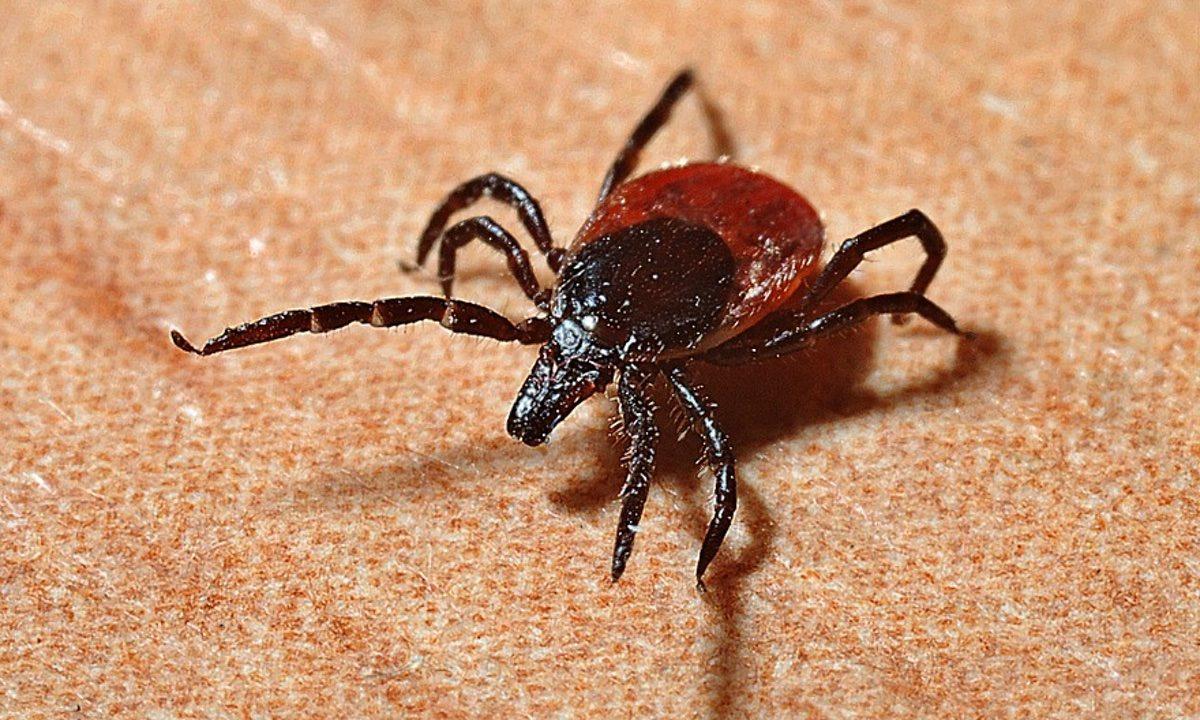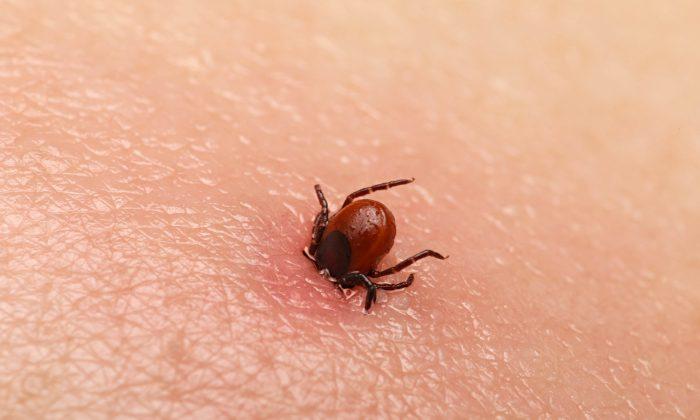A 5-year-old Ohio girl was unable to move, leaving her parents and doctors initially baffled about the cause.
Averey Mell, 5, was rushed to the hospital in Cincinnati recently because of her alarming condition, the cause of which was unclear until two Dogwood ticks were found hiding behind her ear and on her head.
“She has no recollection of yesterday or being intubated at all. She is slowly regaining motor skills and was able to actually fed herself. She still is unable to put all of her weight on her legs or walk but we expect that to come back soon too,” Mell wrote.
“I checked her twice for ticks before I found them on accident. One was behind her ear right in her hairline and the other by her birthmark on the back of her neck/head. If I didn’t find the ticks when I did she would of went into respiratory failure soon. So check and check again for ticks.”
Mell described finding the ticks, saying one was discovered after she saw “a lump” in her daughter’s hair. The other was found soon after.
Doctors and Mell had looked for ticks previously but hadn’t found any.
“It has killed thousands of animals, mainly cows and sheep, in other parts of the world. Although tick paralysis is of concern in domestic animals and livestock in the United States as well, human cases are rare and usually occur in children under the age of 10,” it said.
“Tick paralysis occurs when an engorged and gravid (egg-laden) female tick produces a neurotoxin in its salivary glands and transmits it to its host during feeding. Experiments have indicated that the greatest amount of toxin is produced between the fifth and seventh day of attachment (often initiating or increasing the severity of symptoms), although the timing may vary depending on the species of tick.”

“Hours to days later, the person becomes unable to move their arms and legs. If not treated, the person may become unable to speak or even breathe. How badly a person is affected depends on the number of ticks and how long they remain attached. Tick paralysis is fatal in about 10 percent of people who are not treated. Tick paralysis can resemble other disorders of the nervous system such as botulism and Guillain-Barré syndrome,” it said.
“Tick paralysis is treated by locating and removing the attached tick(s). Ticks are often found attached on the scalp, particularly at the hairline. In most cases, normal muscle function returns within hours of removing the tick.”
Averey, the girl, said that she was walking in her home when she felt paralyzed.
“She couldn’t feed herself, she got to the point where she couldn’t breathe on her own,” Mell said. “They were prepared for her lungs not to work on her own.”
The treatment for tick paralysis, doctors at the hospital told Mell, was “just pulling off the ticks,” the mother said.
Averey was released and is not showing side effects. She will check in with a neurologist in the future.





